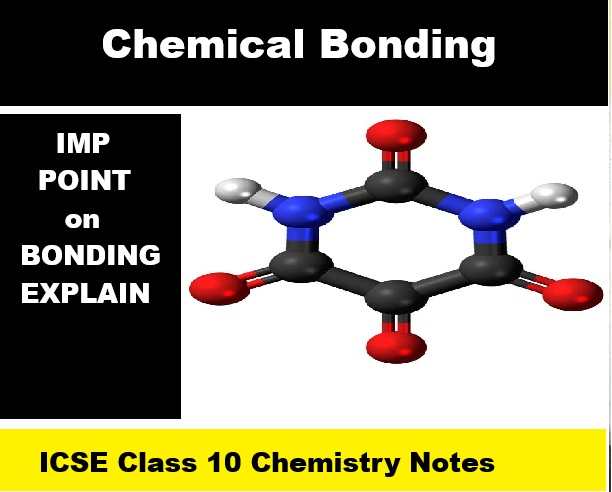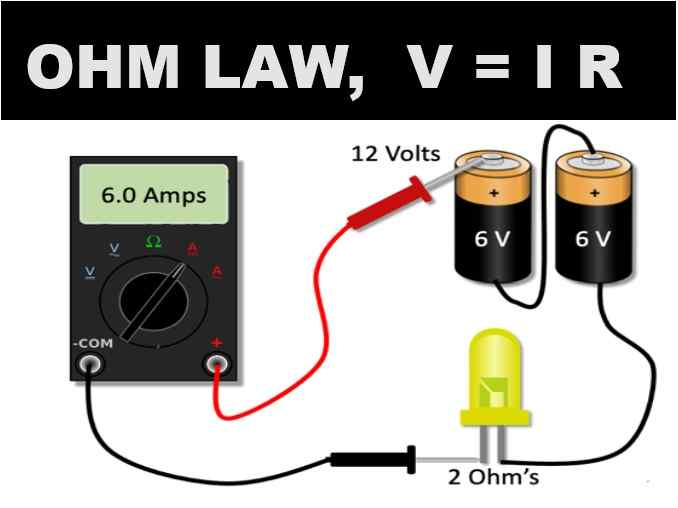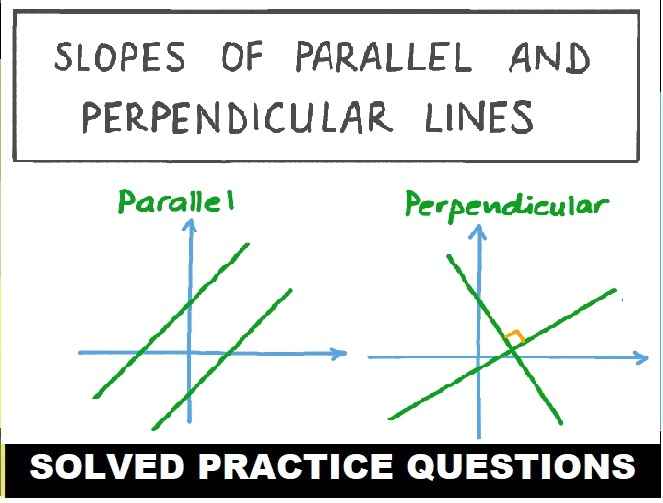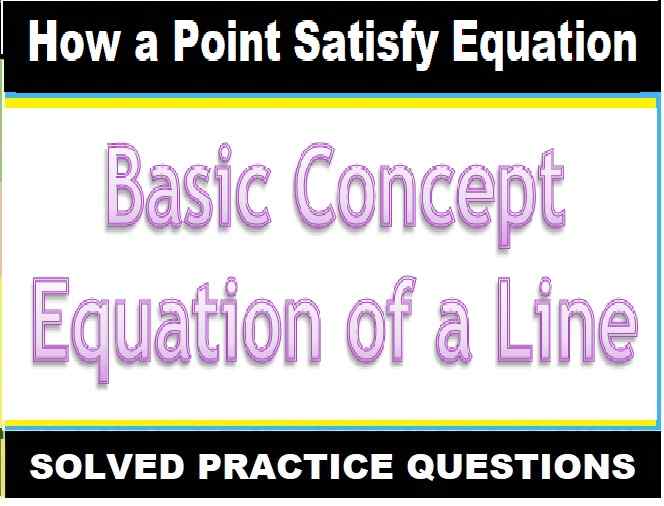Chemical Bonding ICSE Class 10 Chemistry Notes. In this article we would discuss in detail chemical bonding and its scope and types electrovalent bonding. Visit official Website CISCE for detail information about ICSE Board Class-10 Chemistry.

Chemical Bonding ICSE Class 10 Chemistry Notes
Point to be Discuss
| Reason of Chemical Bonding |
| Type of Chemical Bonding |
| Electrovalent Bonding and its Compound |
| Covalent bonding Polar and Non Polar Bond and its Compound |
| Coordinate compound |
Electrovalent Bonding:
Electrovalent Bond: An electrovalent bond, also known as an ionic bond, is a type of chemical bond formed through the electrostatic attraction between oppositely charged ions.
Properties of electrovalent compounds
These properties include
- high melting and boiling points,
- brittleness,
- solubility in polar solvents,
- and the ability to conduct electricity in molten or dissolved state
Covalent Bonding:
A covalent bond is a chemical bond that involves the sharing of electrons to form electron pairs between atoms. These electron pairs are known as shared pairs or bonding pairs. The stable balance of attractive and repulsive forces between atoms, when they share electrons, is known as covalent bonding
Type of Covalent Bond
- Single Bond
- Double Bond
- Triple Bond
Properties of Covalent compounds
- low melting and boiling points,
- poor electrical conductivity,
- and are often insoluble in water
Coordination Bonding:
Coordination bonding, also known as dative covalent bonding, is a type of chemical bond where both electrons of the shared pair are contributed by one atom. This differs from a regular covalent bond where each atom contributes one electron. The atom donating the electron pair is called the donor, and the atom receiving it is the acceptor
The loan pair Effect
of the oxygen atom of the water molecule& the nitrogen atom of the ammonia molecule to explain the formation of. (H₃O⁺) & OH ions in water & NH₄⁺ ion.
The meaning of lone pair
the formation of hydronium ion & ammonium ion must be explained with help of electron dot diagrams.
- Concise Selina Chemistry Solutions for ICSE Class-10.
- Simplified Dr. Dalal Chemistry Solutions for ICSE Class-10
- Goyal Brothers Prakashan for ICSE Class-10 Chemistry Textbook
Thanks


